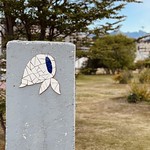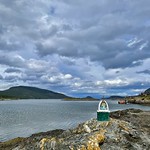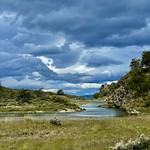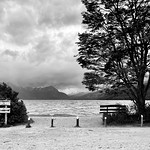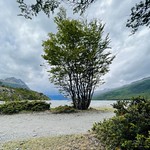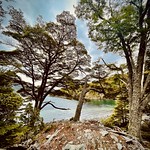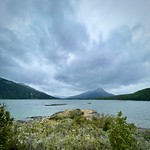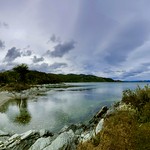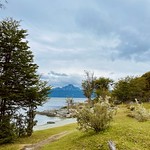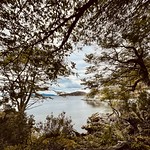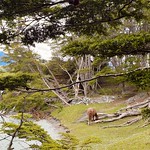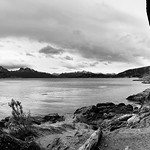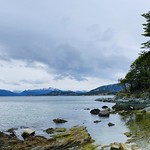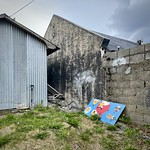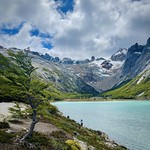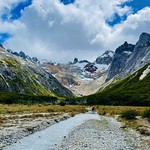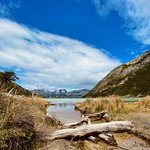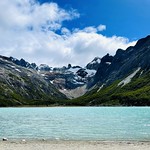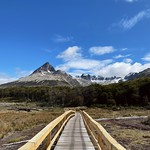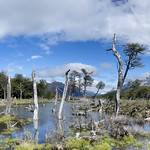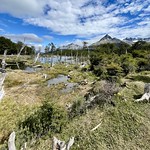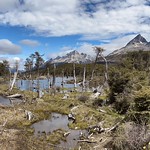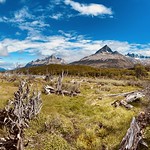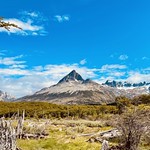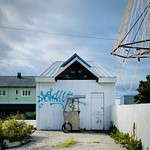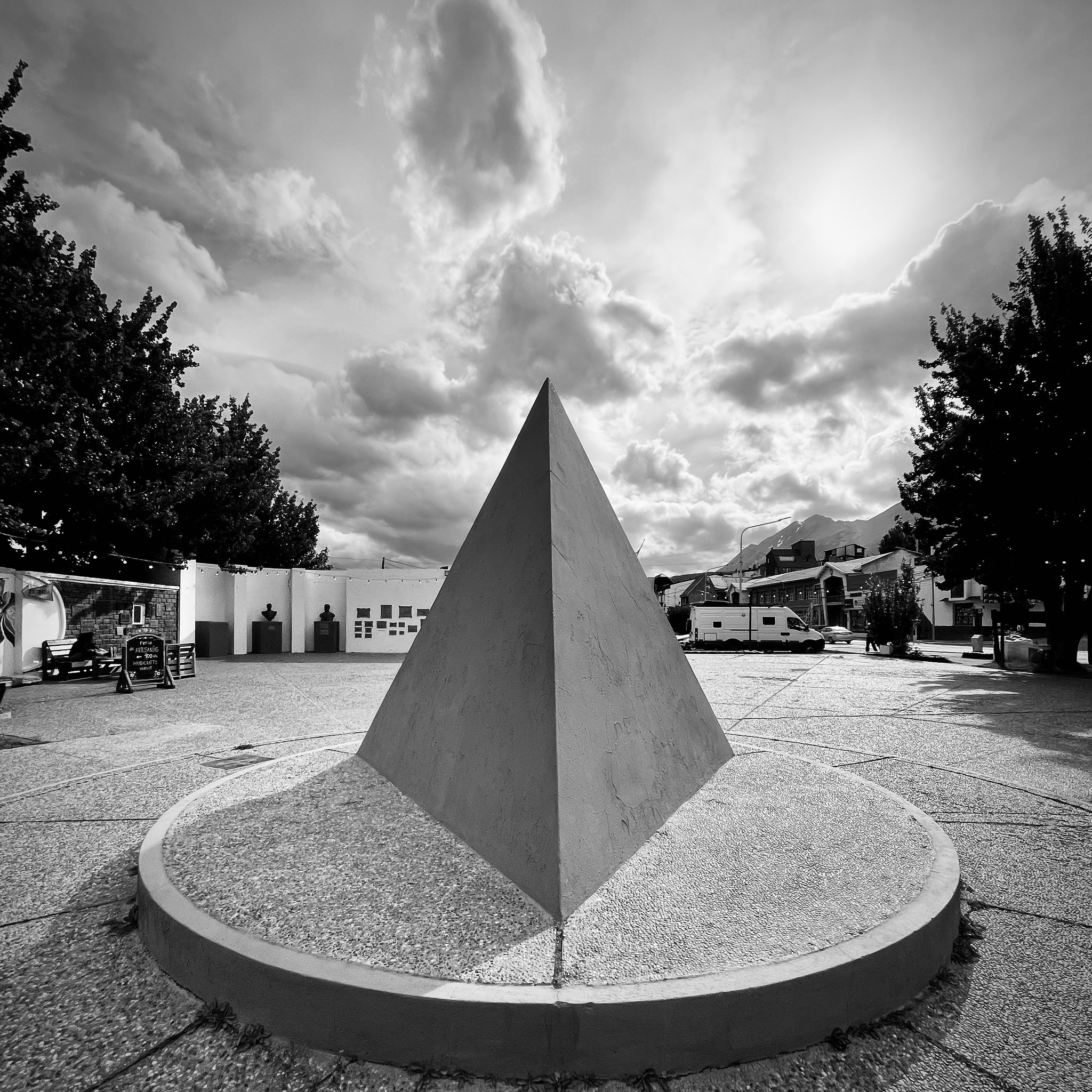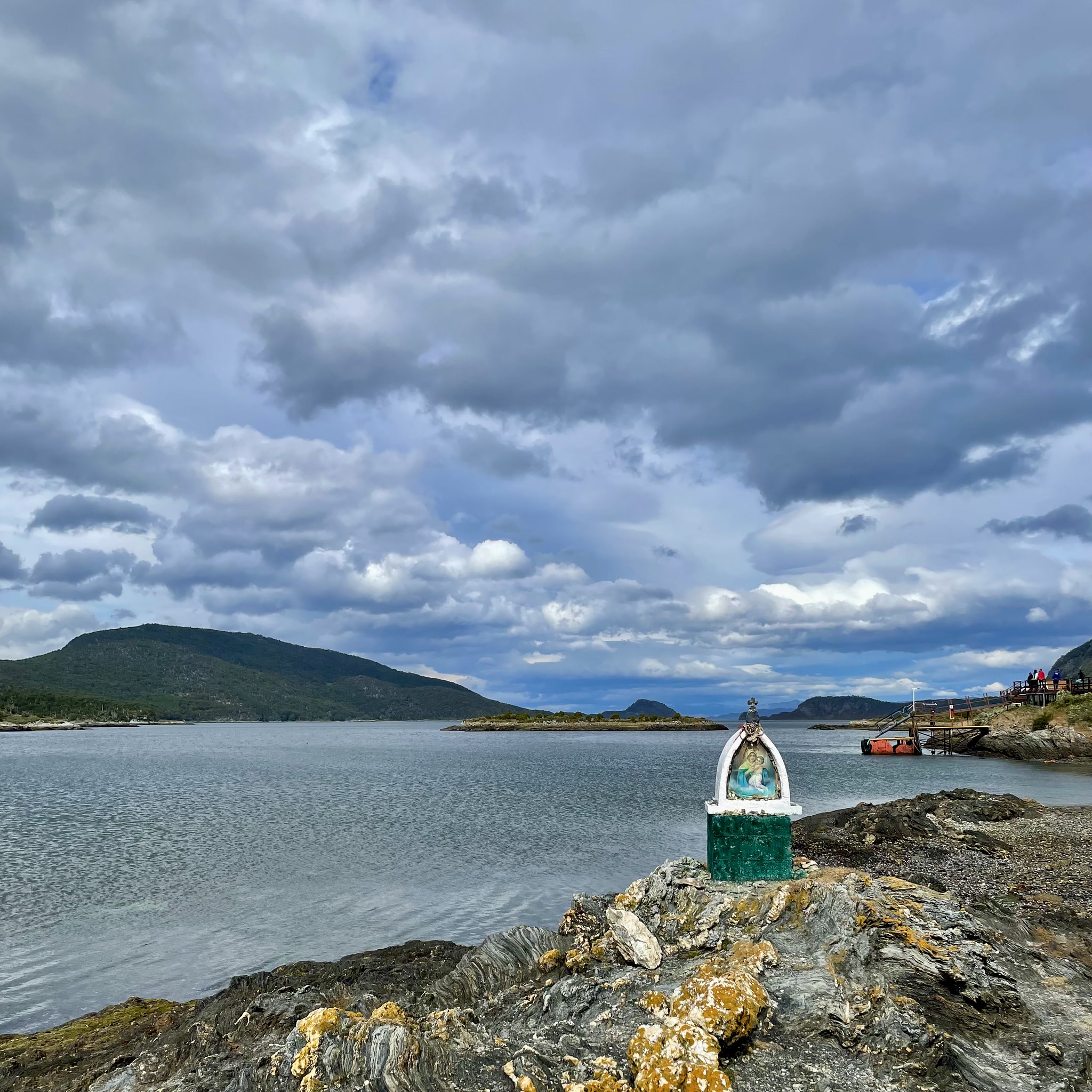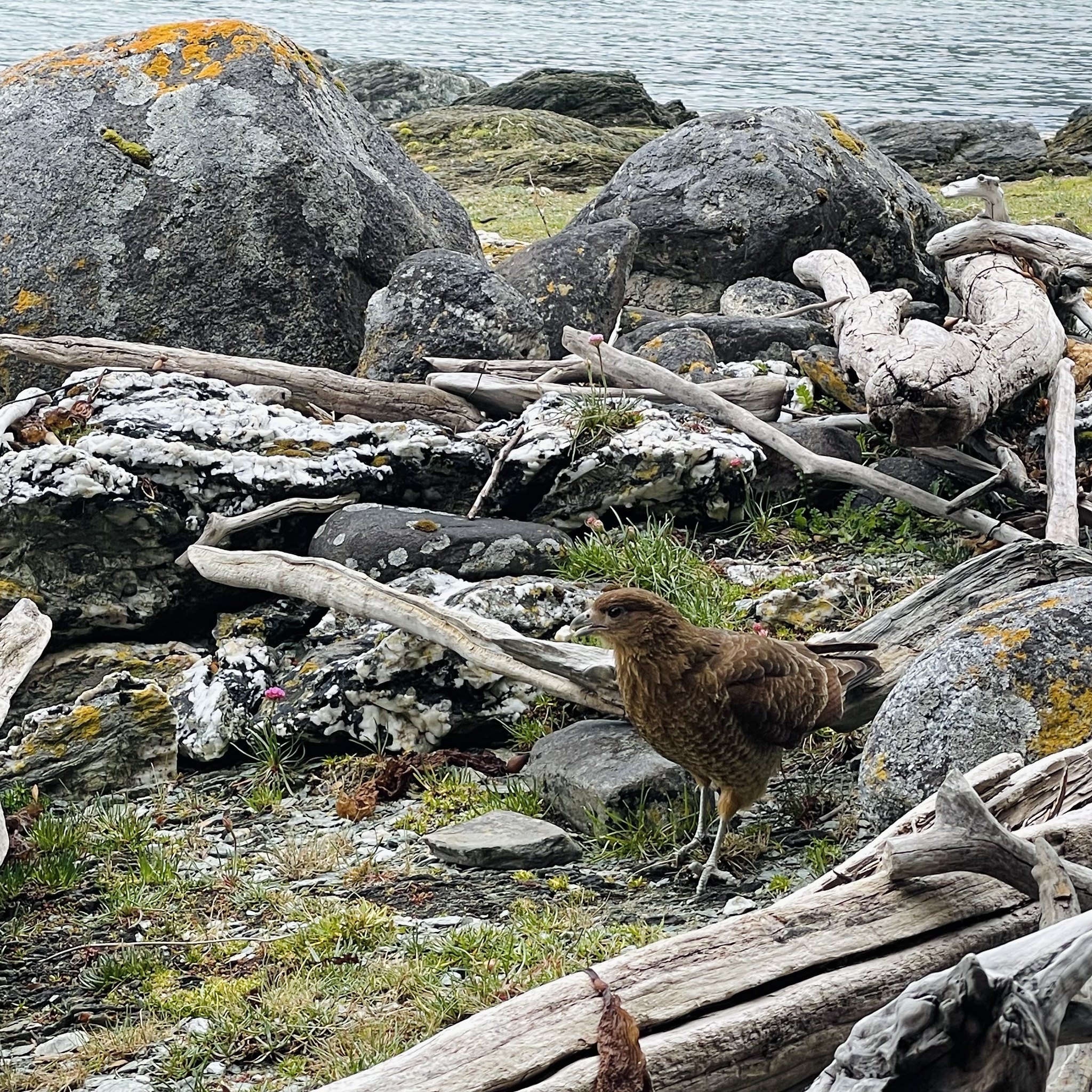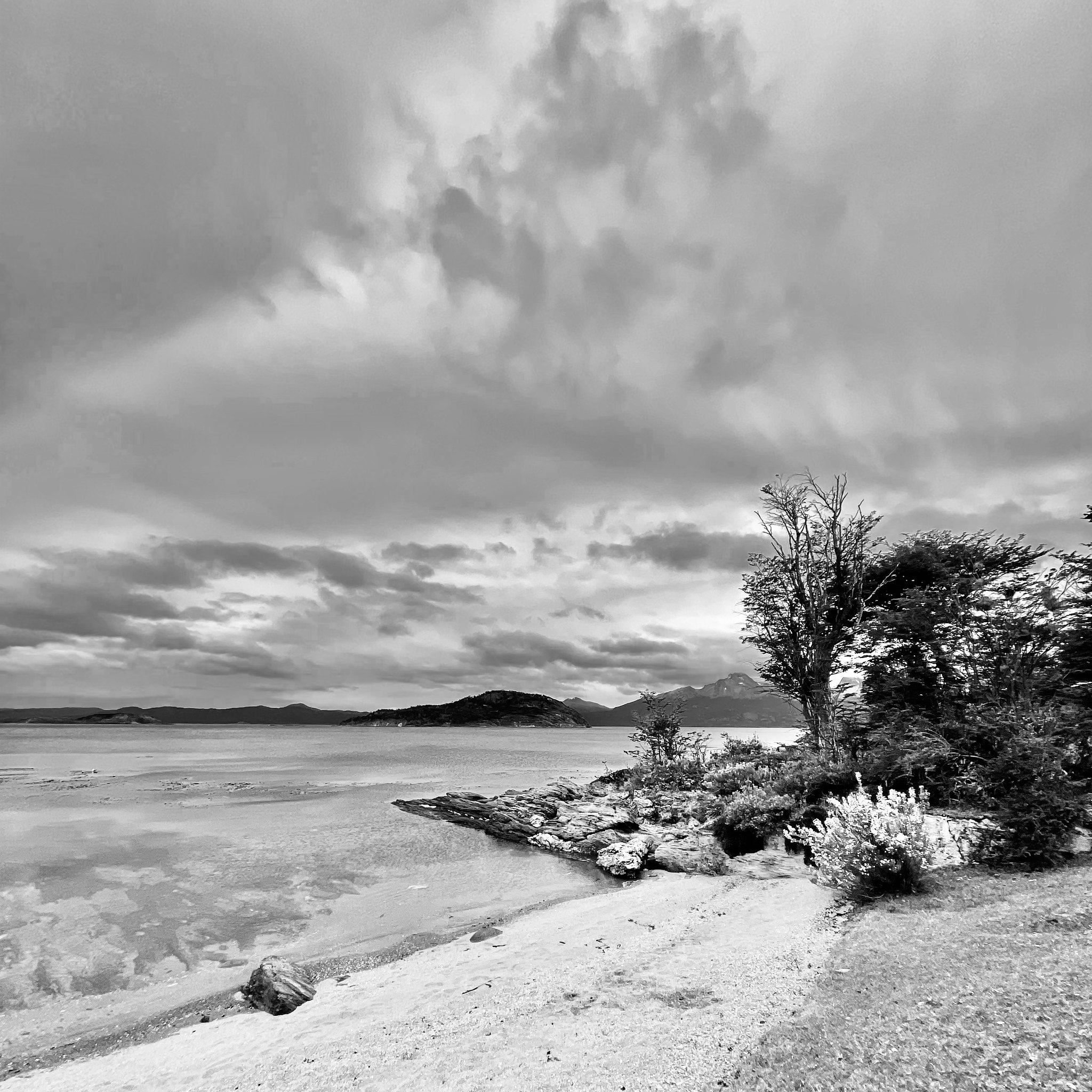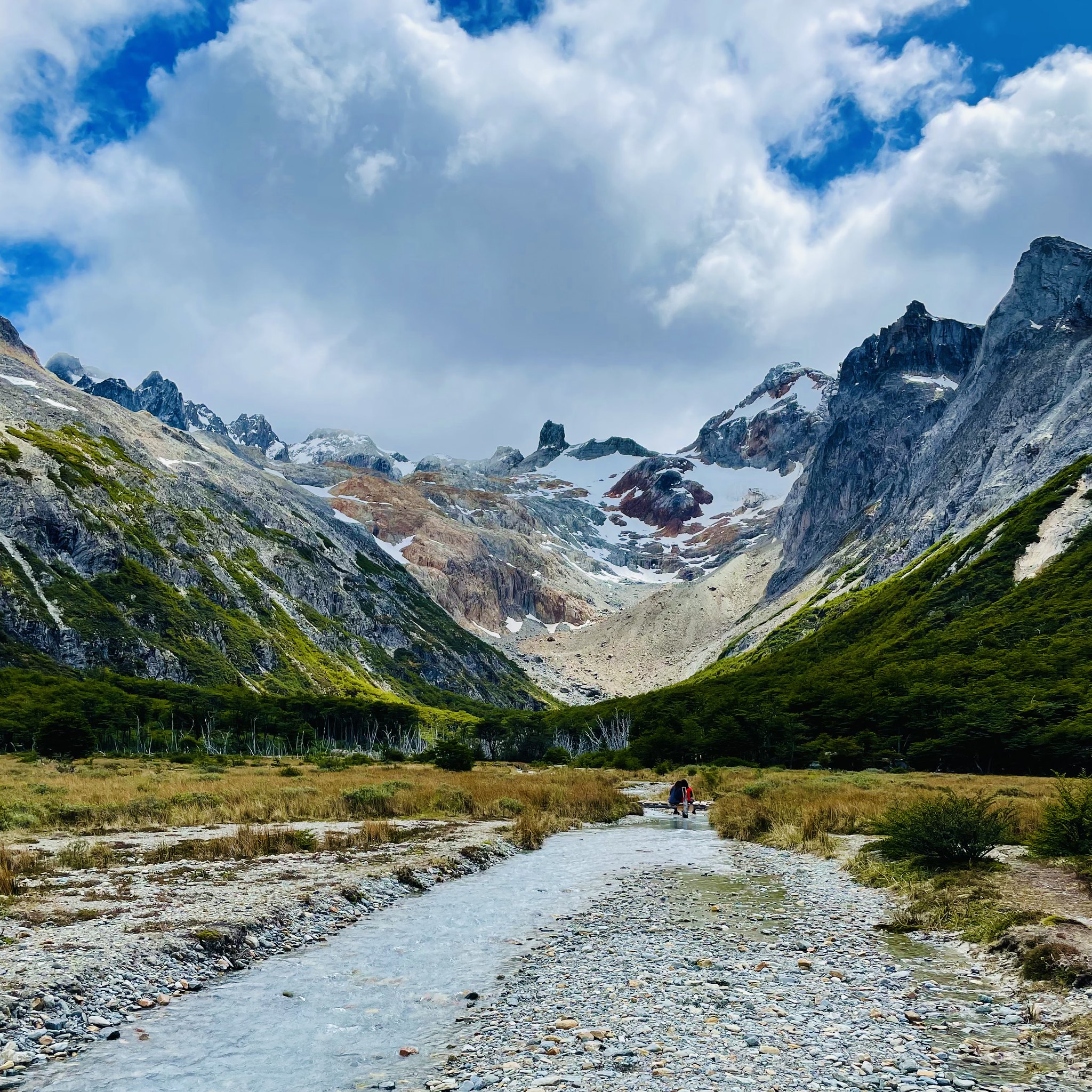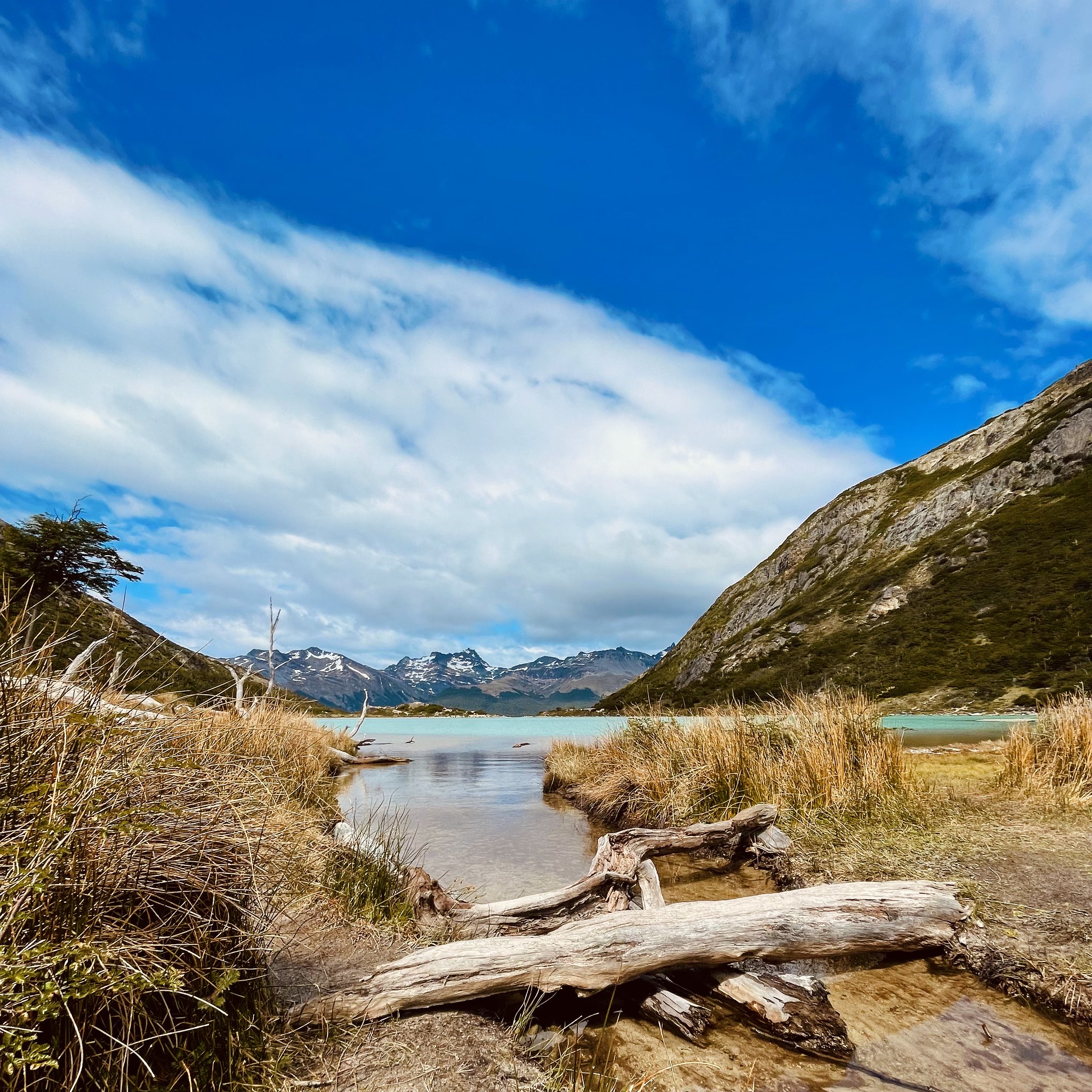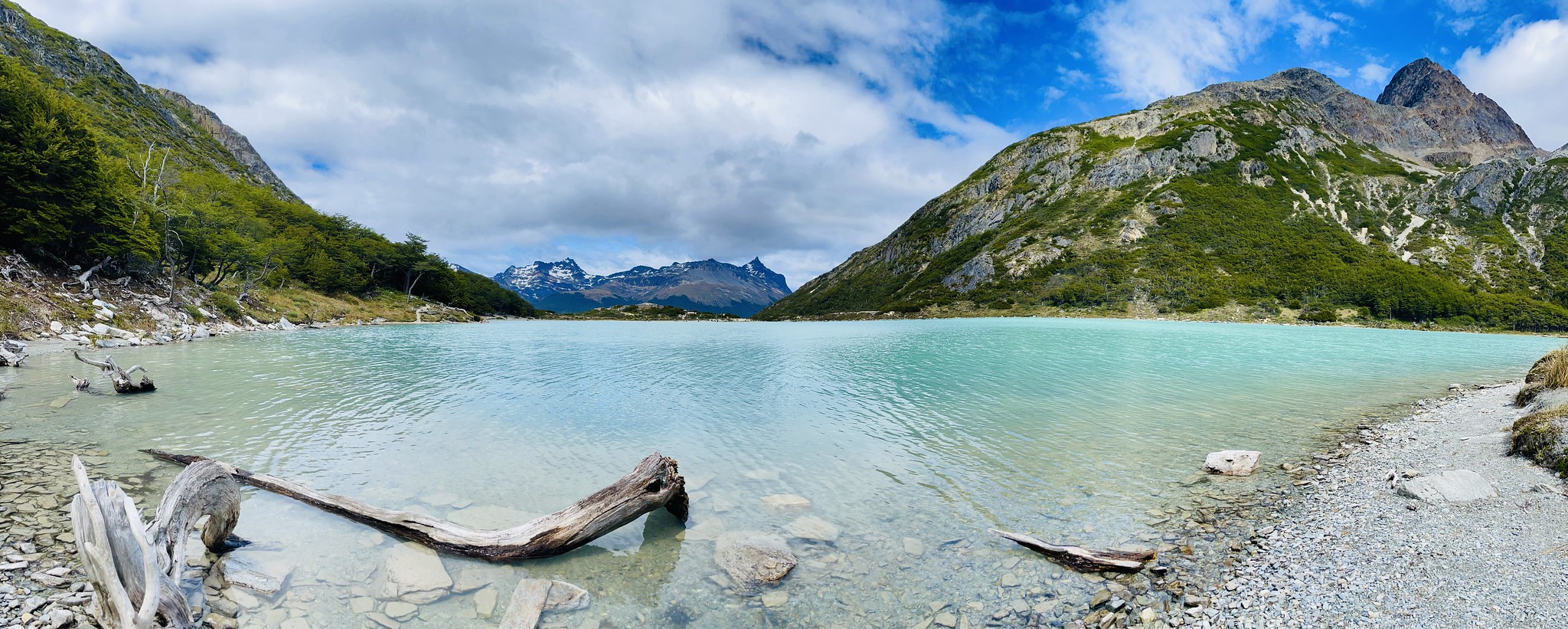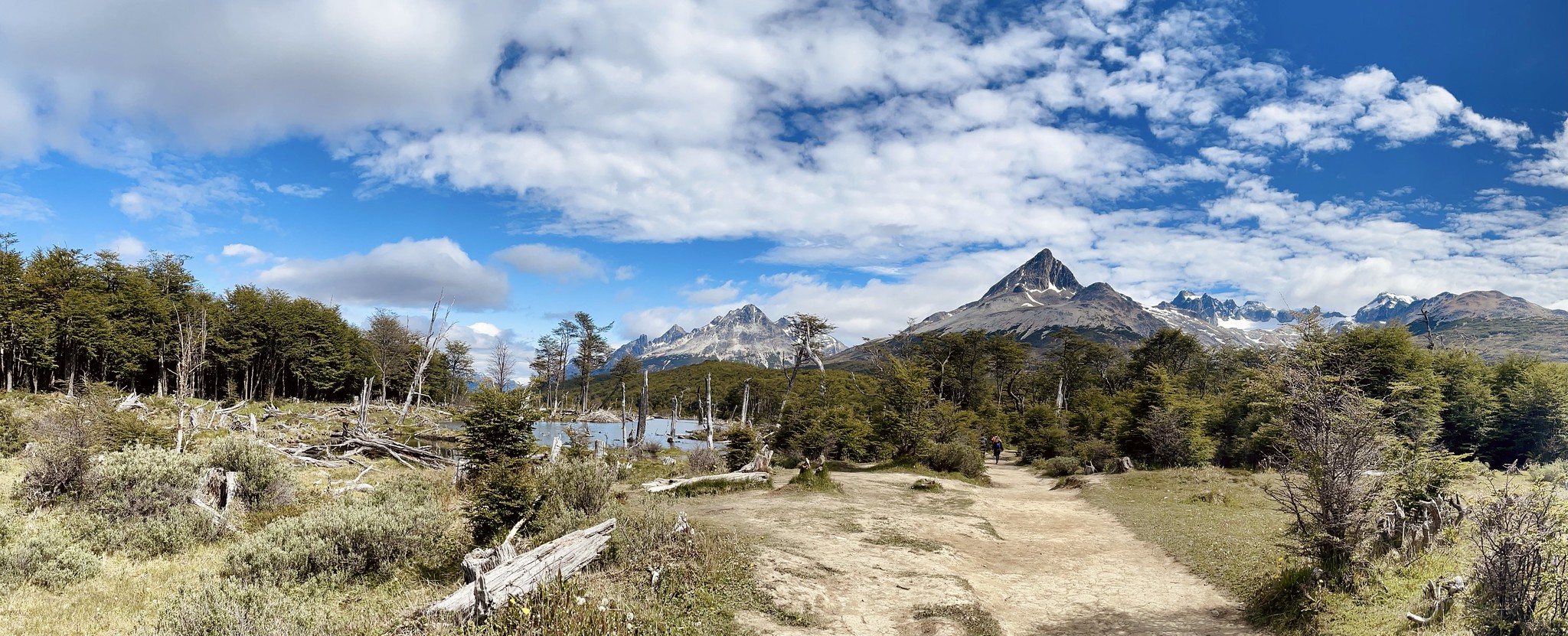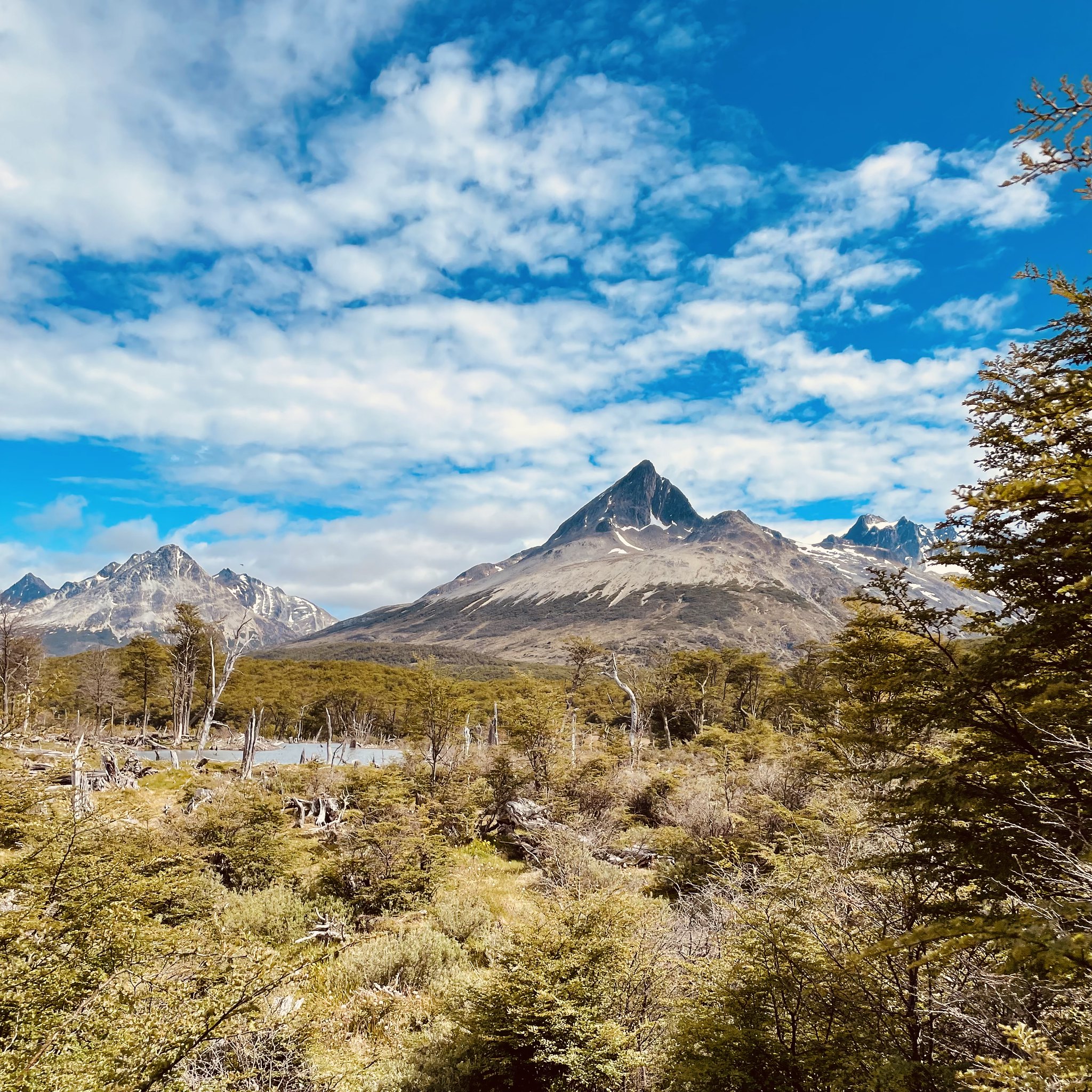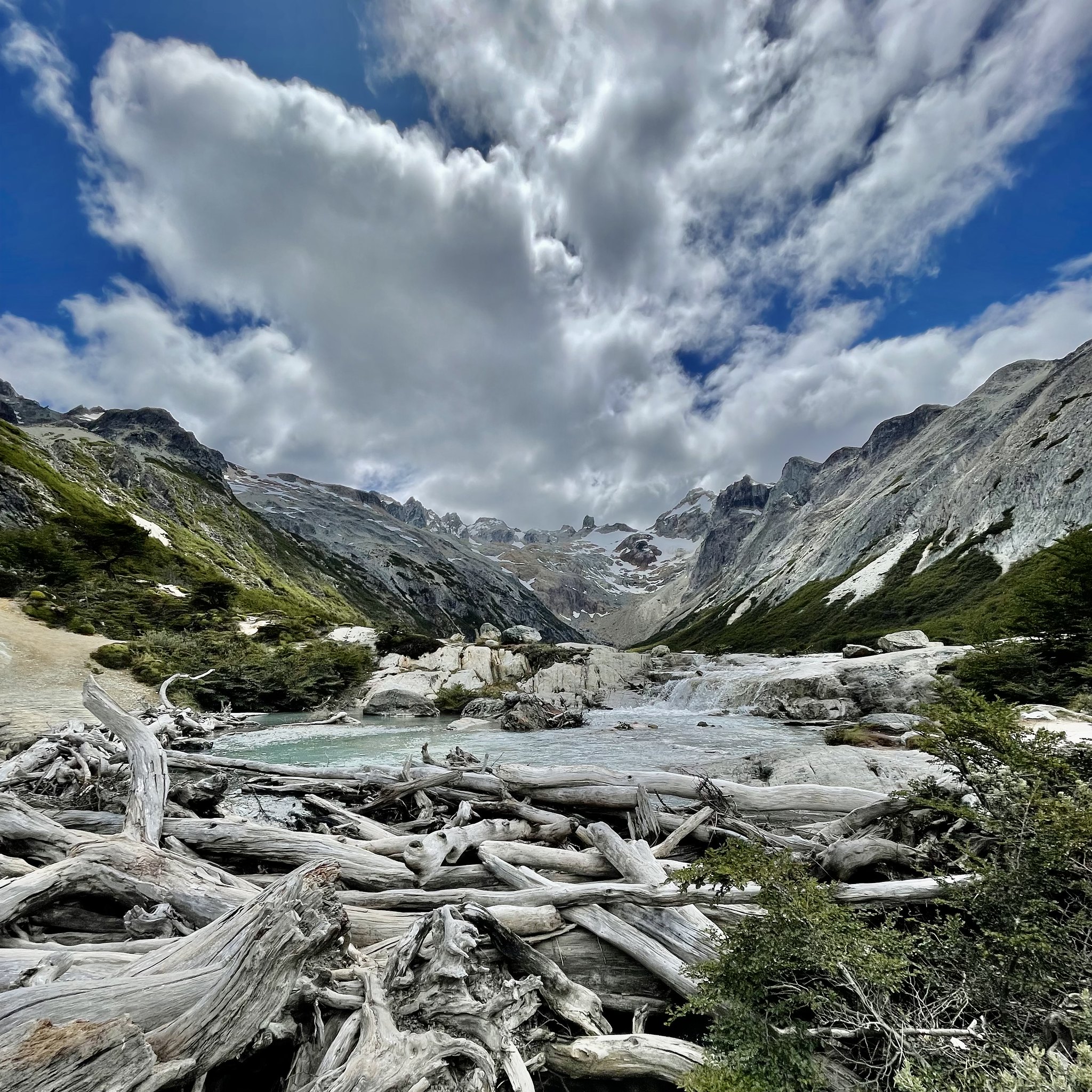A flight to Ushuaia
The deepest south, save for Antarctica itself, is on many bucket lists. It’s a kind of legendary, with the names Ushuaia and Tierra del Fuego having almost mythical qualities.
Ushuaia is the self-styled southernmost city in the world. Even though it’s not even that far south, its distance from the equator being about the same as that for Belfast. There is still a long way to go south. There’s just not much more land between the fairly popular tourist town of Ushuaia, and Antarctica.
And there are even more settlements south of Ushuaia, though not in Argentina. They’re in Chile, with one, nearby, having some 1000 inhabitants, and another one, further afield, having a mere 100 or so.
Arguably, Ushuaia is perhaps the southernmost city, but there are villages further south.
Somewhat similarly, a spot inside the Tierra del Fuego National Park low-key markets itself as the southernmost point you can drive to in the Americas. Except, you have to cross the Strait of Magellan to do so.
We had been looking at what to do for Christmas and new year. Flights everywhere have skyrocketed in price since the pandemic, meaning we were considering opting for an internal Brazilian flight, perhaps to the geographical center of the country, or the continent, and then to slowly head back home, by a series of bus connections.
But then I stumbled on a cheap flight all the way to the southern tip of the continent. However, this was paired with an eye wateringly expensive return trip. And without the inclusion of checked-in luggage.
Some digging resulted in finding more affordable flights, for a return trip, from Santiago, the capital of Chile, though those with even worse conditions, not allowing even hand luggage.
Still, a plan was hatched, and we were going to head south for Christmas and the new year.
In São Paulo, we just finished a week at 30 degrees, and on our stop over in Buenos Aires, it was going to be even warmer. Our destination, though at the height of summer, was going to be slightly fresher; taking into account the wind chill factor, it was going to feel like around 5 degrees upon arrival. Natalia was taking her mountain of a coat, nicknamed Michael (hee hee), itself a challenge due to our very limited luggage restrictions.
Taking old clothes that we could discard along the way was going to help.
In Ushuaia, we discovered we were going to need many of those layers we had brought. Flying in, we could see plenty of snow on the mountains surrounding the city. And the low for the day that we were arriving was just 2 above zero, even though, with the sun out, the weather was quite lovely.
We walked from the airport to our accommodation, after which I walked up the mountains backing the city, visiting a nearby glacier and treating myself to a rather spectacular view of the town, as well as of the Beagle channel, the water separating Argentina from Chile.
Just as I arrived at the viewpoint, a hailstorm made it impossible to see anything for some 15 minutes. I waited it out under the umbrella I had wisely brought, after which the sun came out again.
It seems like every couple of years, Argentina is now going through a financial crisis (as well as a political one).
The US and Europe are, now, moving closer to breaking point, with later stage capitalism capturing the political process, squeezing more and more out of the people and subverting the people’s potential for influencing the political and social future of the majority. But, with a backdrop of racialised colonialism, countries in Latin America have a long legacy of the white elite trampling on the indigenous, black, and coloured majorities.
In Argentina, successive presidents, flipping between left and right, have seen, as a rule of thumb, the right enrich themselves at the expense of the people, which the successive left then attempting resolve this in the next cycle.
Currently, the leftist Vice President has just been sentenced to 6 years in jail by a judge favouring the right.
Either way, Argentina, like the last time I was here some 8 years ago, is going through a financial crisis.
It’s amazing that the country still hasn’t fallen apart.
Last time, international money exchanges were restricted, resulting in an official exchange rate, and a street rate. Typically, this is a recipe for disaster, with last time the difference being over 50%.
I was under the impression that, this time, there was no street rate, also because the country has even more tightly been integrated into the global financial system.
Our first few days, not having seen an exchange office, we had been paying by card. I had seen exchange rates posted, and was worried that, perhaps, the rate I was getting on my card was going to be less. But, not so.
Then, having a chat with a tour operator in Ushuaia, he offhandedly mentioned the street rate, the ‘blue dollar’, using the same term for it as the last time I visited, and things clicked into place.
We had thought prices high, but the street rate is, again, around double the official rate. From an expensive country, Argentina became reasonably affordable.
Our second day, I walked up to the Emerald Lake, an easy hike, and a very pretty lake. But though the region is relatively quiet in terms of tourism, those that do visit, all do the same trips.
Our last full day, Natalia finally was able to extract herself from work, and we spent a full day in the Tierra del Fuego National Park.
Luckily, almost no rain, and gorgeous green settings. Also, somewhat surprisingly, very reminiscent of the Scottish highlands.
Interestingly, the rocks and beaches all have a blue hue.
Taking a break, halfway down the route, a bird of prey kept us company. Three times, we fed it some snacks, and, each time, it took the bait and flew off with it, presumably bringing it to her nest to feed her offspring.
